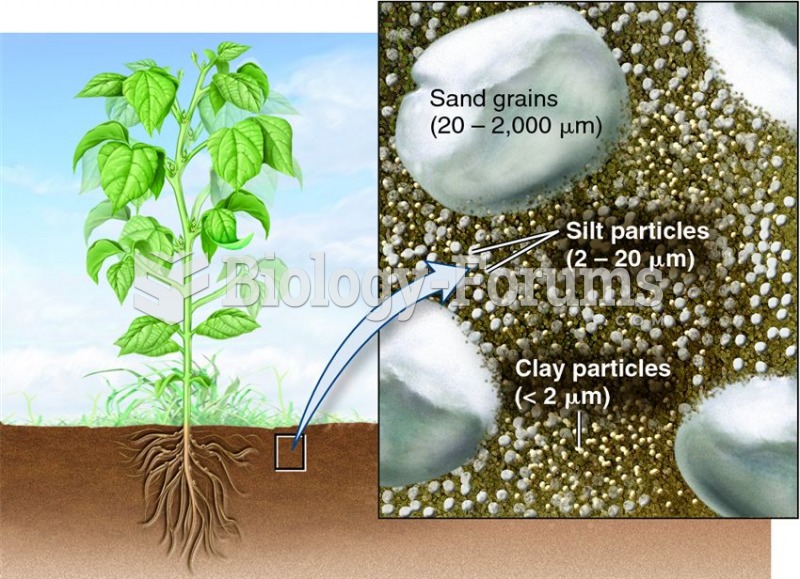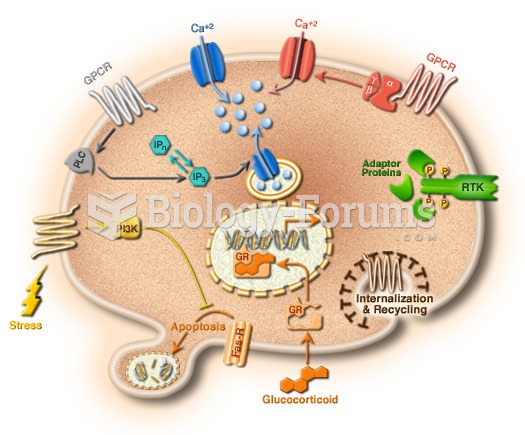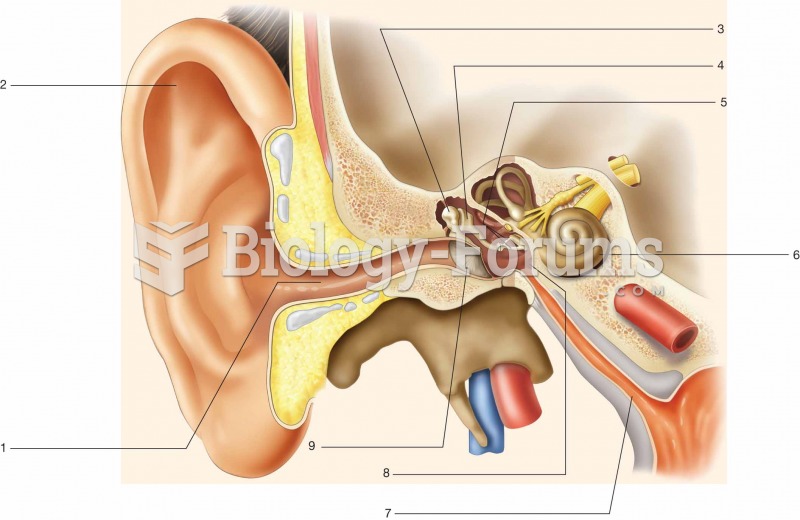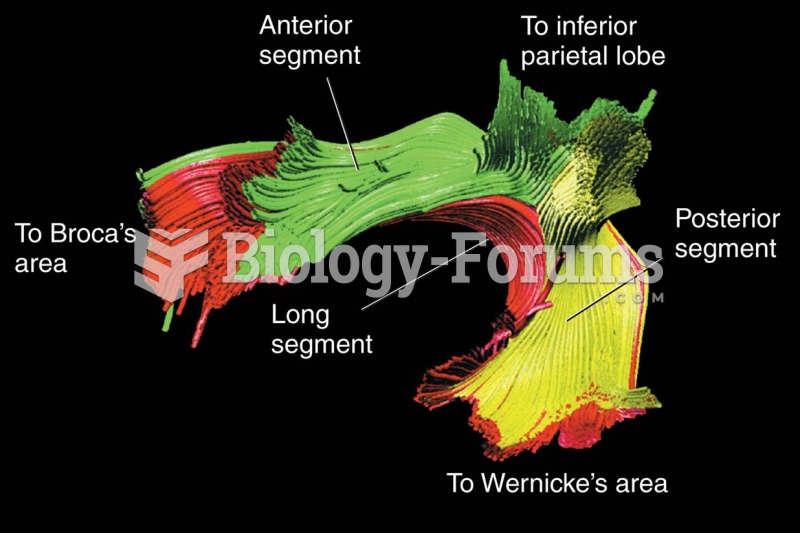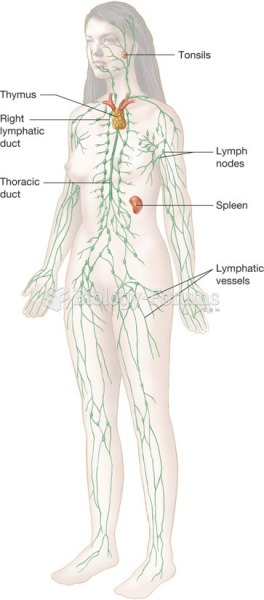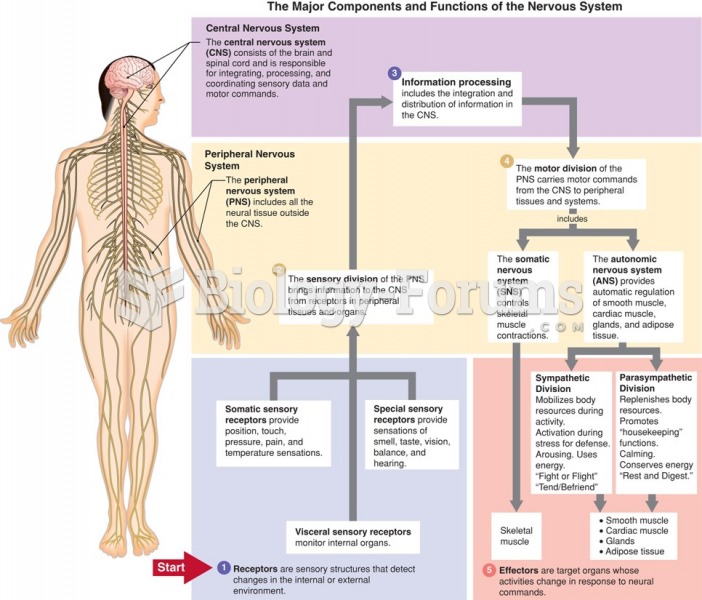Answer to Question 1
1) Step 1 Nutrition Assessment: There are two major components of the NCP assessment (1) collection of timely and appropriate data and analysis and (2) interpretation of the collected data, using relevant norms and standards. There are five major nutrition assessment domains in the NCP. These include food and nutrition-related history; anthropometric measurements; biochemical data, medical tests, and procedures; nutrition=focused physical findings; client history.
2) Step 2 Nutrition Diagnosis: The nutrition diagnosis is written as a PES statement. Generally a nutrition counselor only writes one PES statement but more than one can be written. The statementfollows a defined format: Nutrition Problem Label (using NCP nutrition diagnosis terminology) related to Etiology (root cause of the problem) as evidenced by Signs and symptoms (observable indicators that the problem exists).
Simply written: Nutrition problem label related to____ as evidenced by ____..
There are three nutrition diagnosis domains including intake, clinical, and behavioral each having defined nutrition problems. Although a number of problems may have been identified in the assessment, a counselor chooses one or two nutrition problems believed to have the greatest likelihood of improving through a nutrition intervention. After choosing a problem, next an etiology (root cause) needs to be identified. There are 10 etiology categories providing contributing risk factors for the problem to choose among. They include beliefs=attitudes, cultural, knowledge, physical function, physiolo9gica-metabolic, psychological, social-personal, treatment, access, and behavior. The S part of the PES statement indicates the signs or symptoms. They can be measurable objective data, such as: decreased oral intake, consuming <25 of meals; or obesity, BMI > 30 or subjective (but quantifiable) symptoms including observations and statements from a client or caregiver (number of bowel movements).
3) Step 3 Nutrition Intervention: A nutrition prescription should be written which concisely states the patient/client individualized recommended dietary intake of energy and/or selected foods or nutrients based on current reference standards and dietary guidelines. The selection of an intervention is based on the nutrition assessment and needs be directed to the root cause (etiology) with the objective of relieving signs and symptoms of the diagnosis. There are four domains of nutrition intervention strategies including food and nutrient delivery, nutrition education, nutrition counseling, and coordination of nutrition care.
4) Step 4 Monitoring and Evaluation: In this step, a practitioner evaluates the effectiveness of a nutrition intervention by engaging in monitoring, measuring and evaluating changes in nutrition care indicators. Counselors determine how much progress is being made toward goals or anticipated outcomes. The monitoring and evaluation terms used for ADIME charting are the same terms used for assessment except for those that would only be appropriate for an initial assessment.
Answer to Question 2
T


